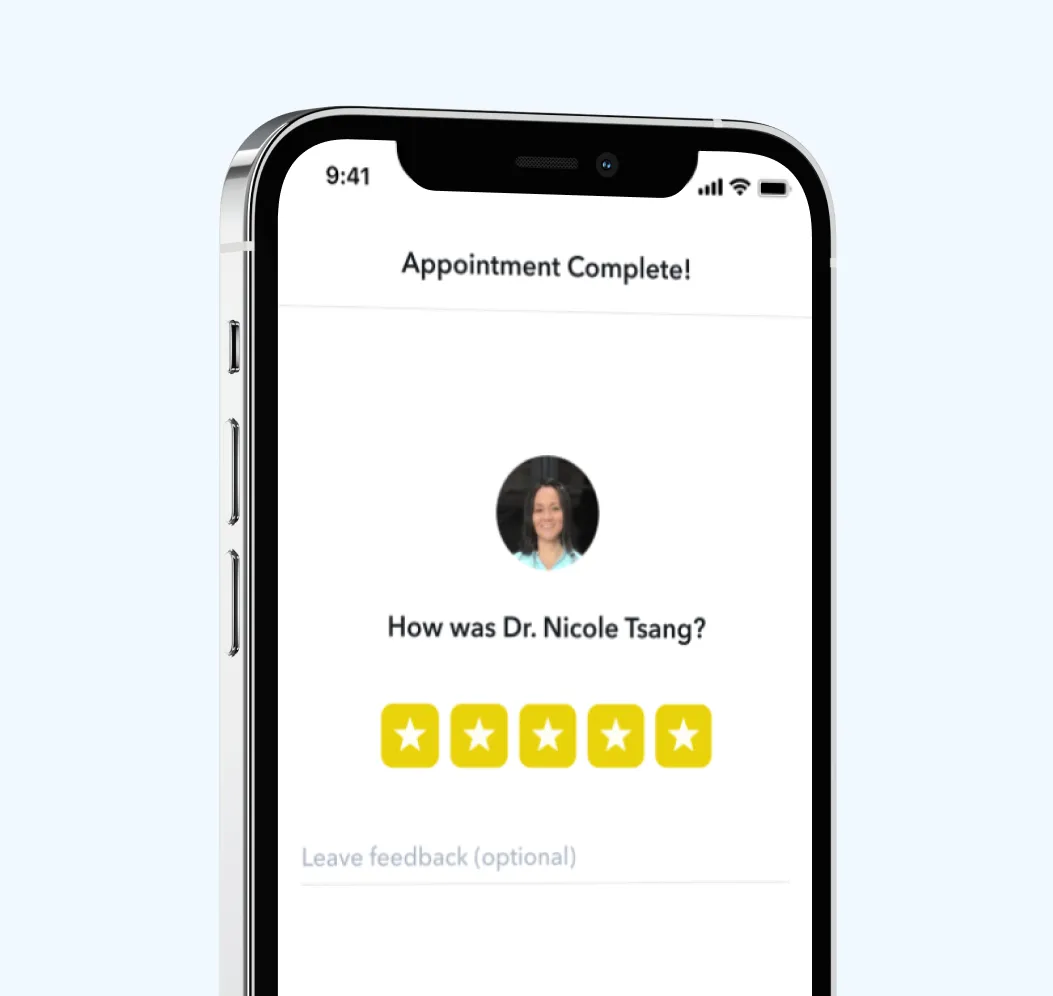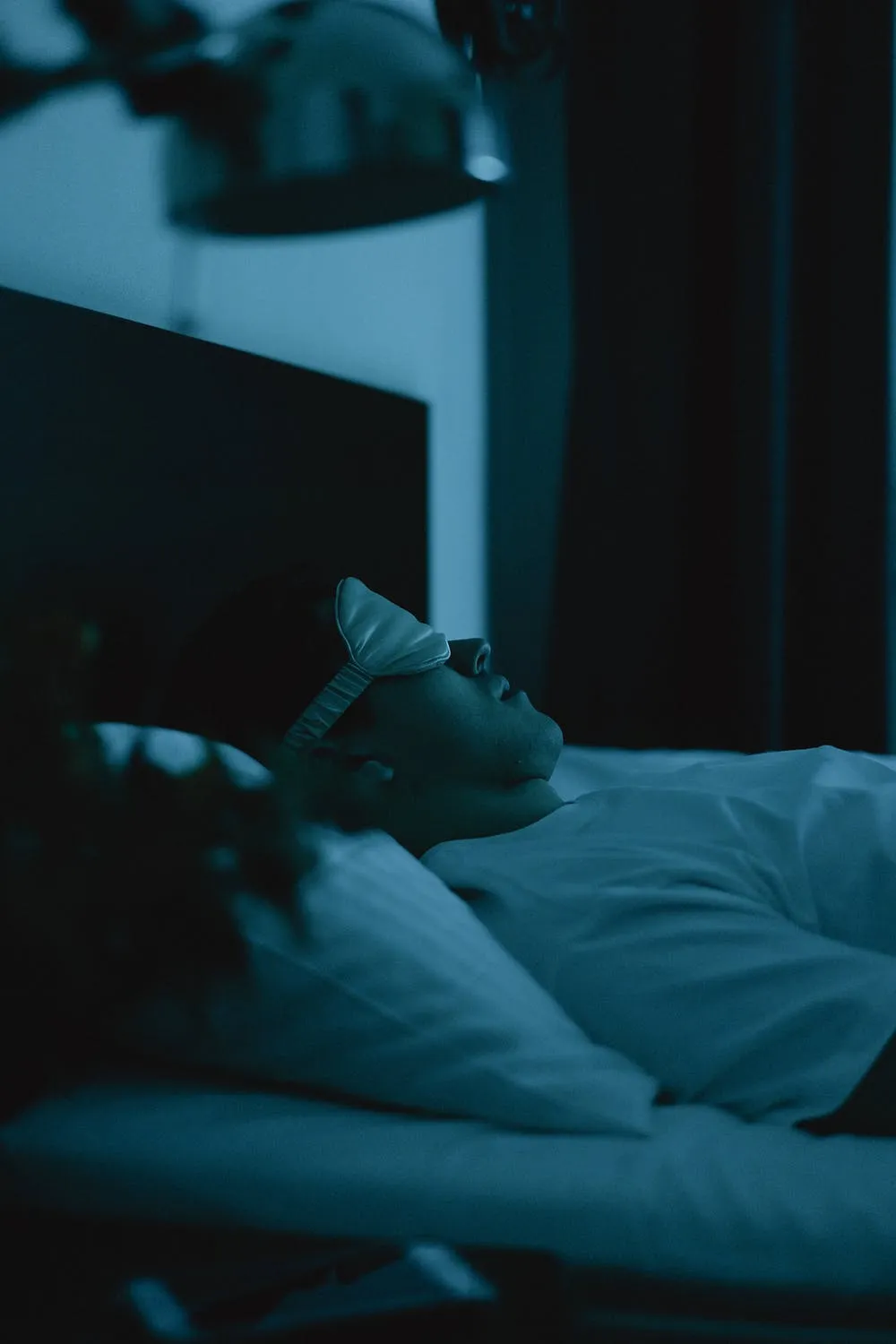All posts
Migraine Self Care

Pinchieh Chiang, DO
Sep 30, 2025
6-9 minutes

Taking Charge of Migraines: Your Practical Self-Care Guide
If you’ve ever had a migraine, you know it can strike at any time. The pain may build suddenly, pulsing behind your eye, while light and sound feel overwhelming. For millions of people, this is the beginning of a migraine attack that can stretch for hours or even days, disrupting work, family time, and daily life.
Taking charge of migraines begins with understanding that migraine self-care goes beyond hiding in a dark room. It’s about daily choices: how you sleep, eat, move, and manage stress. Combine that with guidance from a trusted medical provider and these steps can ease migraine pain in the moment. They can also reduce the frequency of migraine episodes and improve overall quality of life.
What Happens During a Migraine Attack (and What You Can Do About It)
Migraines are more than headaches. They are complex neurological events that can unfold in stages, often with subtle warning signs before the main migraine attack hits. What starts as light sensitivity or a craving can quickly progress into pounding head pain, nausea, or hours of sensitivity to sound and light. These migraine symptoms can derail your day, but knowing what’s happening in your brain also helps you see what you can influence. Some of the most common migraine triggers and risk factors include:
- Sleep disruptions, like difficulty falling asleep or irregular schedules
- Skipping meals or inconsistent nutrition
- Dehydration or too much caffeine
- Stress and anxiety
- Environmental changes such as bright lights, strong smells, or shifting weather
- Hormonal changes, such as menstrual migraines. Because no two people experience migraines the same way, building your own “trigger toolbox” or keeping a detailed migraine diary can reveal patterns and give you more control over when and how your migraine episodes show up.
Is It a Migraine? A Quick Symptom Checklist
Migraines share some features with other headache disorders, but certain signs can help you recognize when it’s more than a typical headache:
| Symptom | Typical for Migraine? | Typical for Other Headaches? |
|---|---|---|
| Moderate to severe throbbing or pulsing head pain, often on one side | ✅ | Usually milder, may affect both sides |
| Sensitivity to light, sound, or smells | ✅ | Less common |
| Nausea or vomiting that accompanies the head pain | ✅ | Rare |
| Visual changes, such as flashing lights or blind spots | ✅ | Rare |
| Symptoms lasting 4 hours to several days | ✅ | Often shorter in duration |
| Relief when resting in a dark, quiet room | ✅ | Sometimes, but less consistent |
If you experience these symptoms consistently, it may point to a migraine rather than another type of headache. Keeping track of these details in a migraine diary can help you and your provider determine the right approach.
Self-Care Tips for Migraine Relief: Build Your Personal Plan
Caring for yourself during and between migraines is all about making small, consistent choices that protect your body and calm your brain. Here are the areas that matter most when it comes to easing migraine pain and reducing how often migraine episodes strike:
Sleep & Rest
Sleep is one of the strongest shields against migraines. Irregular or poor-quality sleep can heighten pain signals and make headaches more likely.
- Stick to the same bedtime and wake-up time every day.
- Create a restful environment: a dark, cool room, quiet space, and perhaps soothing music.
- Power down screens before bed and cut back on late-day caffeine.
- Try a warm bath or gentle relaxation exercises to relax tense muscles and help your body unwind.
Nutrition, Hydration & Meals
The foods and drinks you choose can trigger migraines, or help protect against them.
- Prioritize staying hydrated throughout the day.
- Limit headache triggers like alcohol, additives, or too much caffeine.
- Don’t skip meals; instead, keep balanced meals at regular times to stabilize energy levels.
- Vitamin D deficiency has been linked with migraine in some studies, though evidence is mixed. Ask your provider before supplementing.
Stress Management & Mental Health
Stress is one of the most frequent headache triggers, but it can be managed.
- Explore mindfulness, meditation, or structured relaxation training.
- Use breathing techniques or progressive muscle relaxation to reduce stress quickly.
- Journaling, therapy, or talking with a trusted friend strengthens emotional self-care.
- Addressing anxiety and depression can lessen the intensity of migraine symptoms.
Physical Routine / Movement
Regular, gentle exercise supports circulation and lowers migraine risk.
- Choose approachable physical activity like walking, yoga, or stretching.
- Pay attention to posture and ergonomics if you spend hours at a desk.
- Take short breaks to relax tense muscles and prevent stiffness in your neck.
- Regular exercise has been shown to modestly prevent migraine episodes and improve well-being.
Environmental Adjustments
The spaces you occupy can either soothe or trigger migraines.
- Manage light exposure with screen or lens filters, blackout curtains, or sunglasses.
- Minimize noise with earplugs or play soothing music for calm.
- Apply cold compresses or ice packs at the first sign of migraine pain.
- Keep your environment free from strong odors and monitor air quality.
Tracking & Early Intervention
Awareness is one of your best tools for managing migraines.
- Keep a migraine diary or use apps to track triggers, frequency, and how you respond.
- Look for early warning signs like food cravings, yawning, or mood shifts.
- Act fast: rest in a dark room, apply cold compresses, or use appropriate OTC medicine when symptoms first appear.
Managing Migraines for the Long Haul: Daily Routines That Work
Daily habits add up, and over time they can reshape how often migraines intrude on your life. These long-term lifestyle changes create a foundation that supports both your brain and your body:
- Keep consistent routines for sleep, meals, and exercise so your system stays balanced.
- Use medications wisely and avoid overuse, since relying too heavily on pain relief can cause withdrawal headaches or medication-overuse headache.
- Maintain a healthy weight, stay active, and hydrate throughout the day to lower overall risk.
- Protect your emotional health. Make space for creative outlets, social time, or regular relaxation exercises to buffer everyday stress.
- Explore supportive options such as acupuncture, which has moderate evidence for prevention, or essential oils like lavender, which some people find helpful during attacks, though evidence is limited.
When to See a Doctor for Migraine Headaches
While consistent self care can reduce the frequency of migraine headaches, there are times when professional support becomes essential. Knowing when to reach out can protect your health and prevent migraines from taking a greater toll on your daily life.
Seek medical evaluation if:
- Your migraine episodes are becoming more frequent, intense, or harder to manage.
- Self care tips and over-the-counter medications no longer provide migraine relief.
- You notice sudden or severe changes in your usual migraine symptoms.
- You experience neurological warning signs such as confusion, weakness, or vision changes.
In these situations, a provider can help manage your migraines and guide you toward next steps. This may include preventive treatments, prescription medicine, or referrals for advanced care. The most effective approach is often a holistic treatment plan that blends lifestyle changes with professional medical support.
Circle Medical makes it easier to manage your migraines through accessible virtual care:
- Tele-primary care visits: Providers help identify your migraine triggers and build a personalized treatment plan.
- Prescriptions: Preventive or acute medications can be provided when clinically appropriate.
- Continuity of care: Regular follow-ups help prevent migraine episodes and provide ongoing relief.
- Holistic support: From sleep evaluations to lab work, Circle Medical focuses on your long-term well-being.
Small Steps, Big Impact: Reducing Migraine Episodes Over Time
Living with migraines is never easy, but progress often comes from small, steady changes. Drinking more water, taking regular breaks to practice relaxation exercises, or making simple adjustments to your environment may seem minor. But together they can dramatically reduce the frequency of migraine episodes and relieve migraine pain. Over time, these small steps create a big impact, giving you more control and a better quality of life. And you don’t have to do it alone. If you’re looking for compassionate, evidence-based care, Circle Medical’s primary care doctors are here to help manage your migraines and support your long-term health. Talk to a Circle Medical provider today about your symptoms and how to build a personalized plan to find relief and prevent migraine.
Circle Medical Providers must meet all of the following standards:
-
Exceptionally qualified in their field
-
Board-certified
-
Deeply empathetic for patients
-
Follows evidence-based care guidelines
-
Embracing of diverse patient backgrounds
-
Impeccable record of previous care
400+ Primary Care Providers.
100% Confidence.
No matter which Provider you choose, you will be seen by a clinician who cares deeply about your health and wants to help you live your happiest, healthiest life.
Circle Medical Providers are held to an exceptionally high standard of compassionate, evidence-based care.
Book Appointment

